This here is the Glass Slide Collection of John Voss, Ph.D. (1895 – 1948) Plant Ecologist, Principal and Teacher at Manual Training High School, Peoria, Illinois and hobbyist photographer. John Voss, in the late 1930s, took a series of grand photo tours of Civil War Sites, to be used for educational purposes at Manual Training High School. A collection of John’s photographs were published, entitled “Illinois Wild Flowers.”

John was the Father of Gene Voss, a quite-accomplished professional Peoria photographer, with the celebrity and dignitary famed local-studio named Fabry’s. Gene, pictured in many of the photographs, is the father of Marilyn Leyland, granddaughter of John. Marilyn a long-time volunteer and Caterpillar Inc. retiree, who has graciously granted permission for John’s images to be digitized and shown. She has served as Peoria Historical Society president, historical writer and a city guide, serves on Peoria Riverfront Museum committees, and recently received the Charlotte Barbour award from the Peoria Medical Society Alliance for her service with that organization.
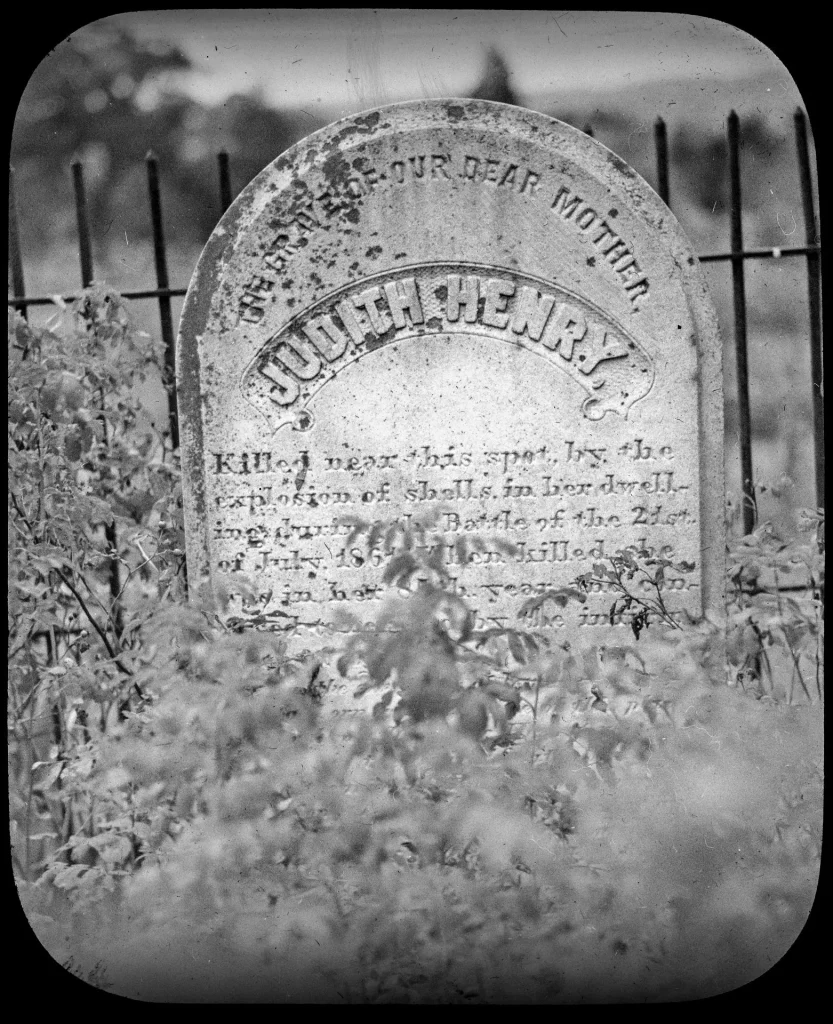
“Should troops he passing about the neighborhood you and mother need not fear them, as your entire helplessness, I should think would make you safe.” On May 30, 1861, Hugh Fauntleroy Henry would write these words in a letter to his sister Ellen. Almost two months later, on July 21, those words would prove too hasty.” – National Park Service
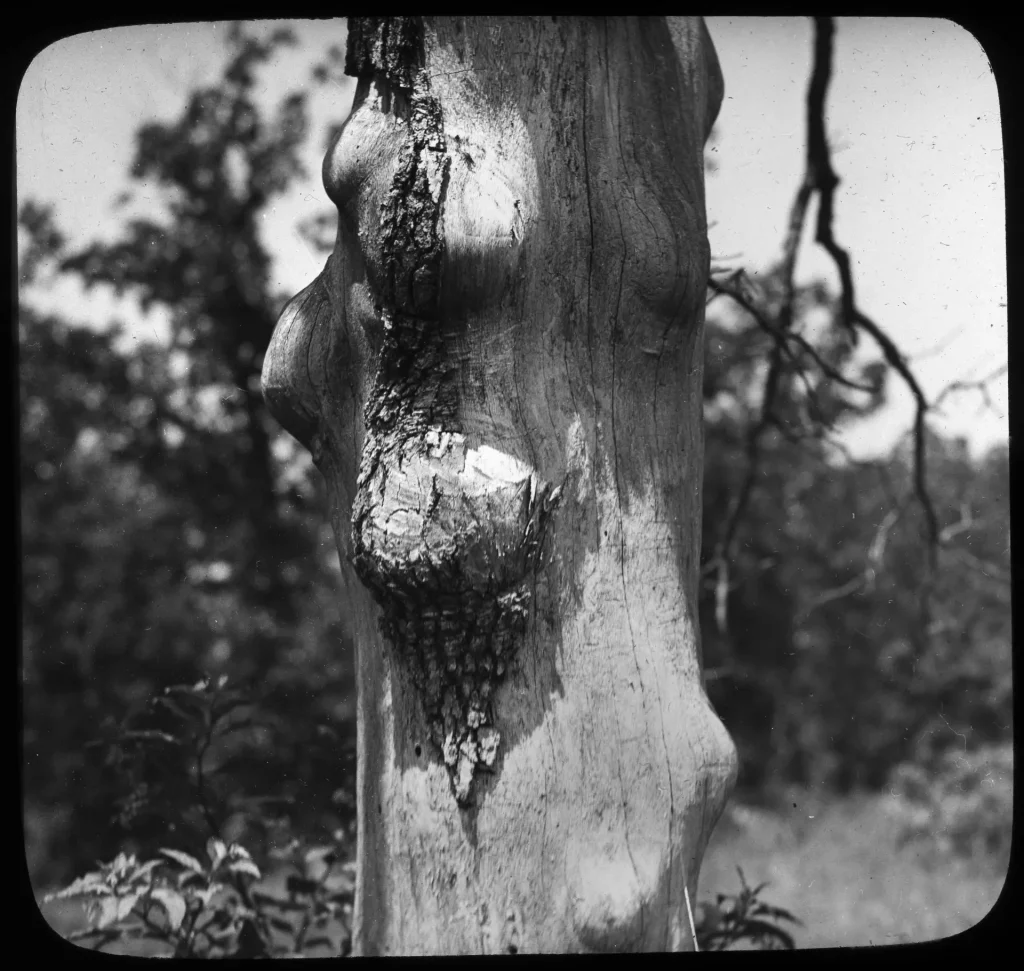
“Wilson’s Creek was the first major Civil War battle fought west of the Mississippi River, and the site of the death of Nathaniel Lyon, the first Union general killed in action. The costly Southern victory on August 10, 1861, focused national attention on the war in Missouri. The battle raged on for more than five hours, resulting in approximately 2,300 total casualties, after Lyon’s death, his successor, Major Samuel Sturgis (1822-89), ordered a Union retreat.” – U.S. National Park Service
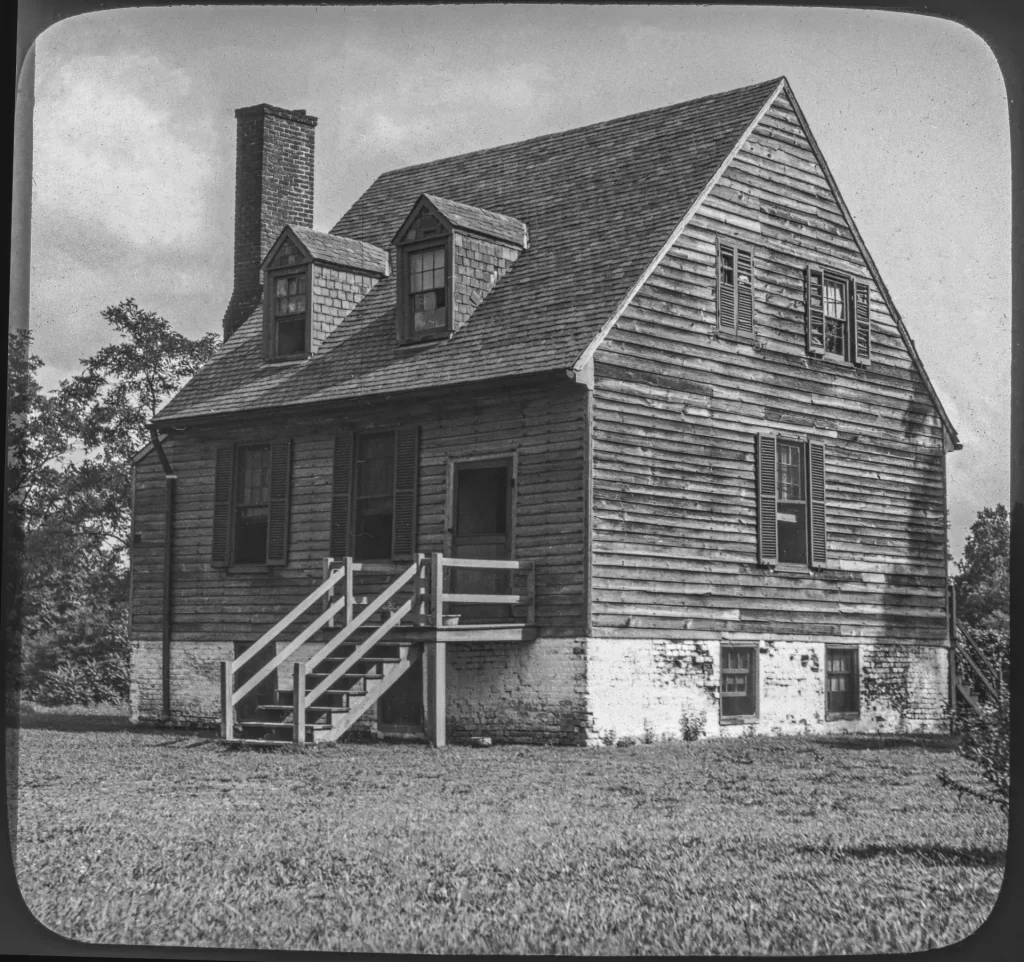
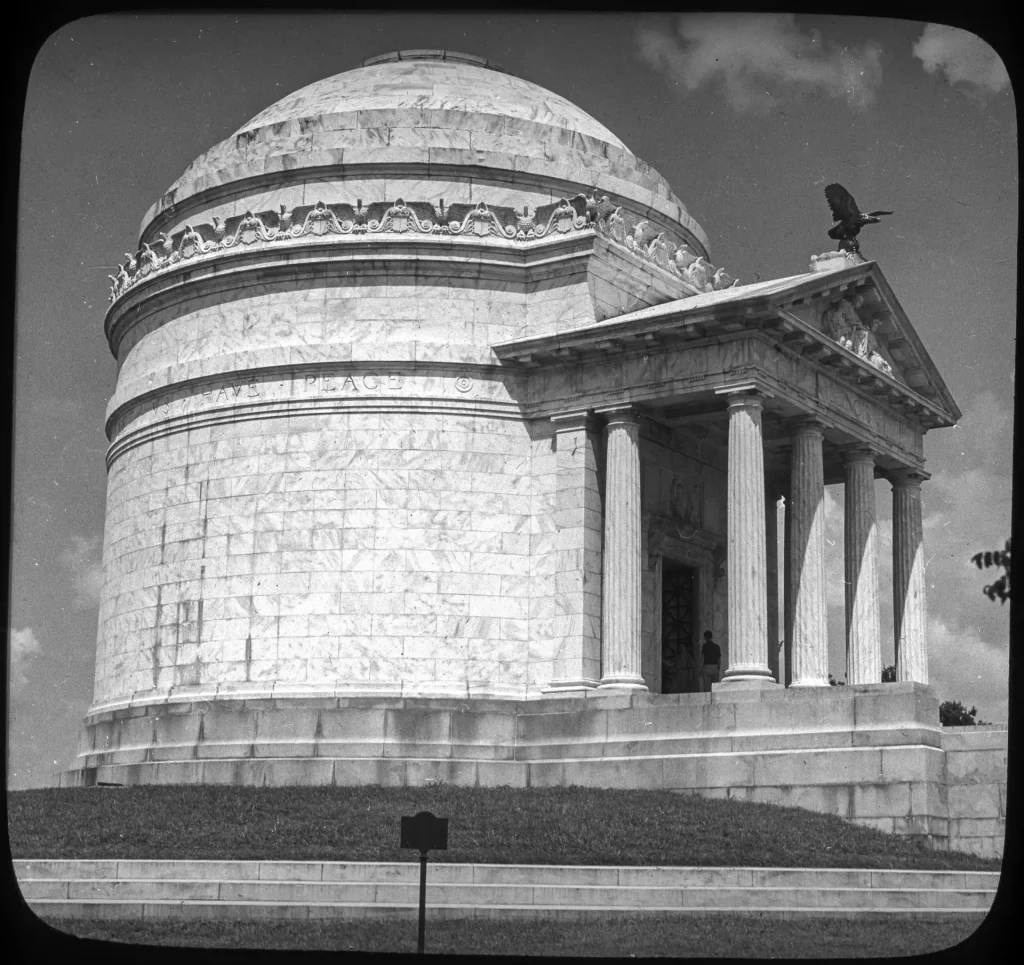
Illinois had by far the largest number of soldiers in the Vicksburg Campaign of any Union state, and it also has the largest memorial in the park.
There are 47 steps leading up to the entrance, one for each day of the Siege of Vicksburg. Inside are 60 bronze tablets listing the names of all 36,325 Illinois soldiers who participated in the Vicksburg Campaign. Seventy infantry, 11 cavalry regiments, and 20 artillery batteries from Illinois participated in the campaign.
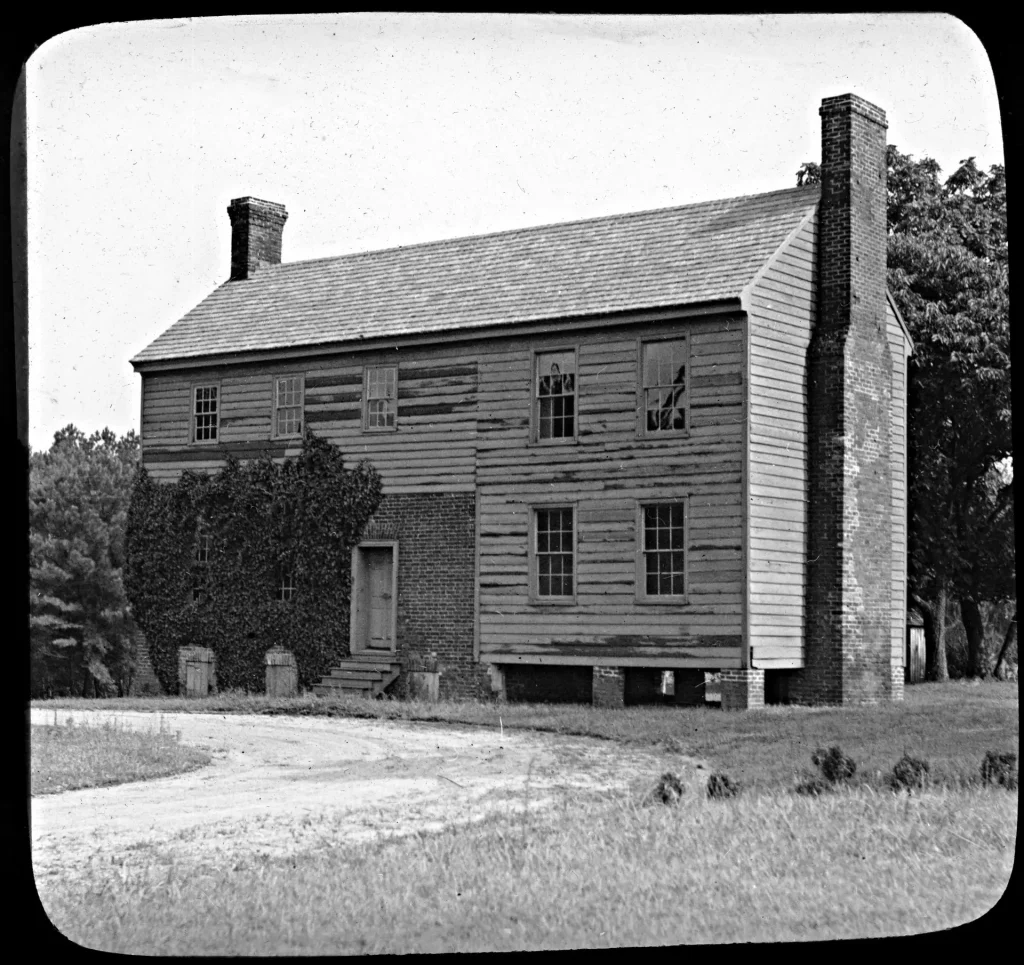
The Battle of Cold Harbor was one of the final battles of Union Lt. Gen. Ulysses S. Grant’s Overland Campaign, one of bloodiest, most disproportionately-weighted battles of the Civil War, thousands of Union troops were slaughtered in a hopeless frontal assault on Robert E. Lee’s fortified positions. However during the entire Overland Campaign, Grant, while not destroying Lee’s army, nullified the offensive capacity and took away the Confederates ability to affect the outcome of the war. After the stalemate at Petersburg, The Army of Northern Virginia collapsed, and with it the collapse of the Confederacy, was but a forgone conclusion.
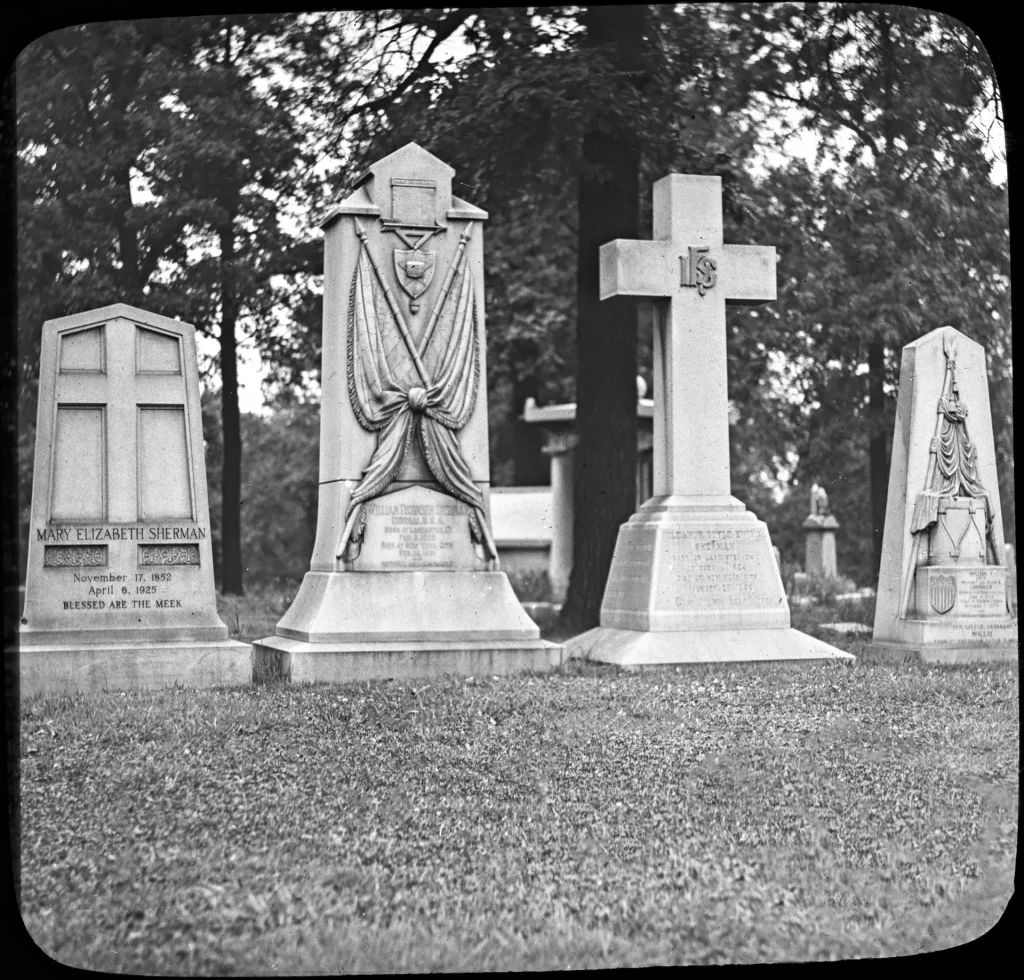
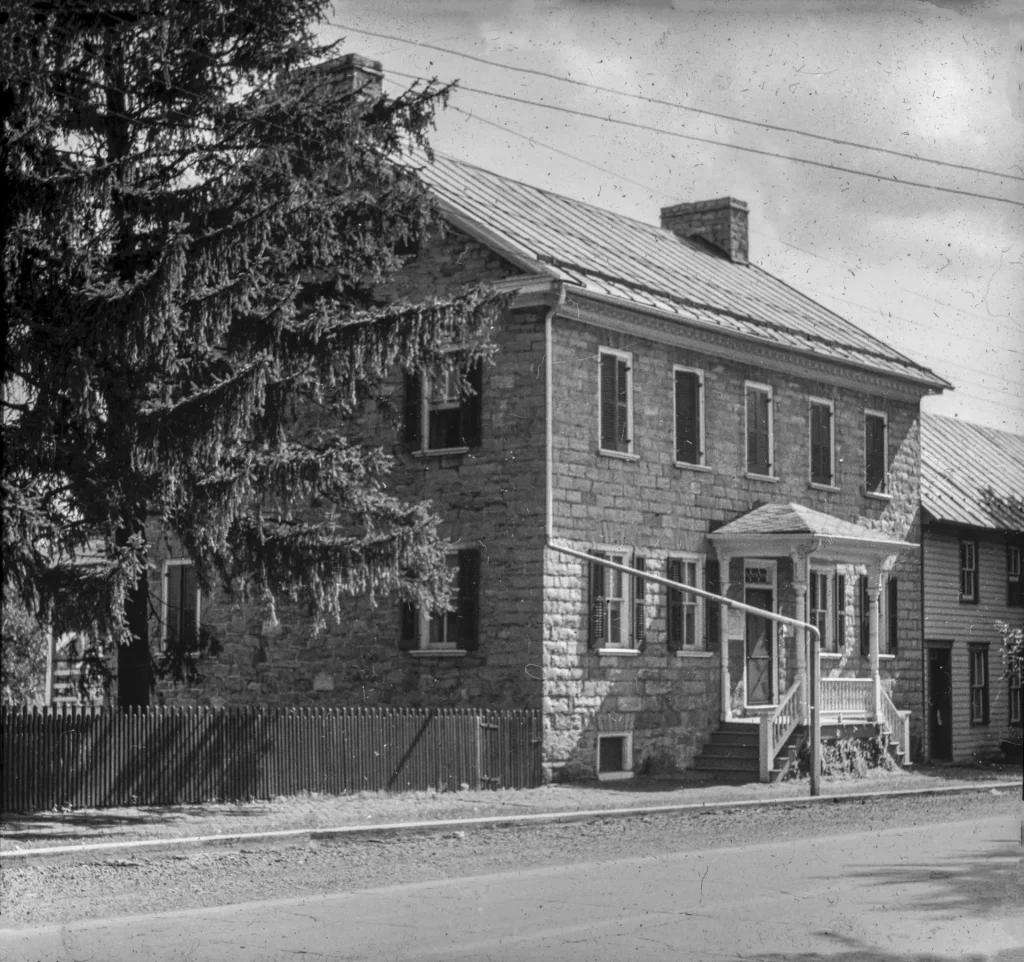
The cellar of the Kretzer home, was a refuge for residents and even Confederate soldiers during the Union shelling of the town during the Battle of Antietam. The Kretzers supported the Union, Teresa was known for bravely hanging a huge American Flag in front of the house, much to the dismay of her nearby Secessionist neighbors, she supposedly saved the flag from Confederate troops by hiding it in the house’s smokehouse.
“A number of babies were there, and several dogs, and every time the firing began extra hard the babies would cry and the dogs would bark. Often the reports were so loud, they shook the walls. Occasionally a woman was quite unnerved and hysterical, and some of those old aged men would break out in prayer.” – Theresa Kretzer
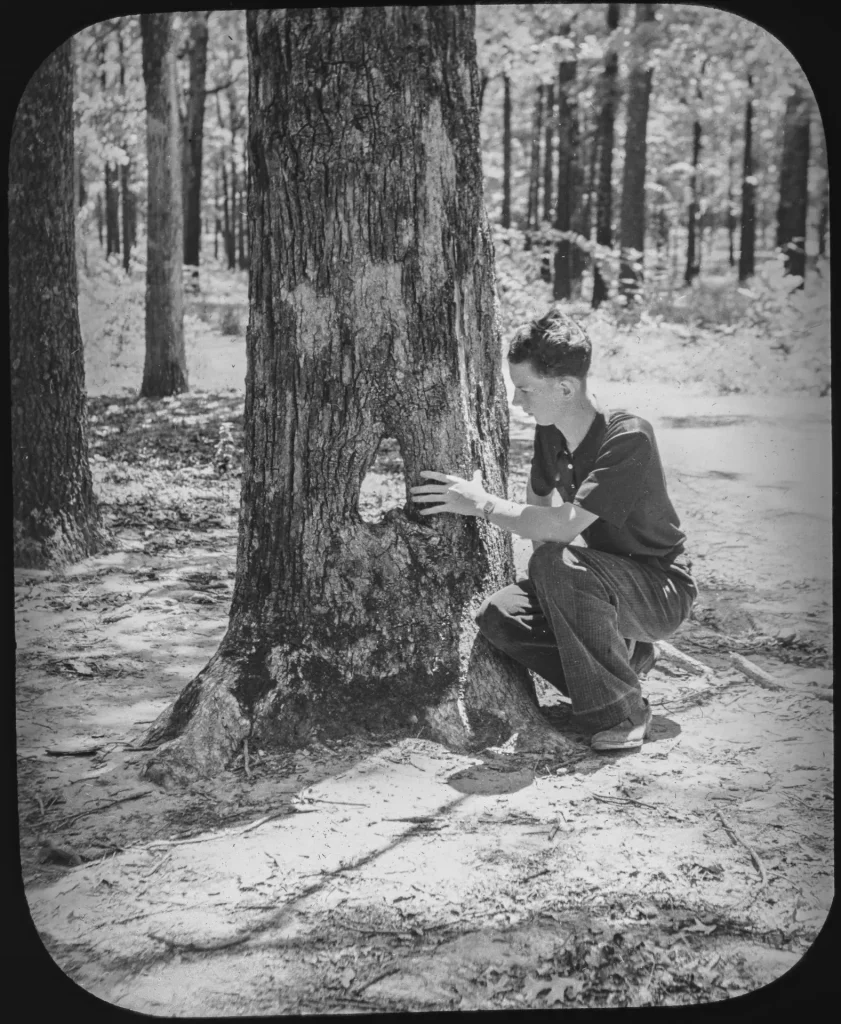
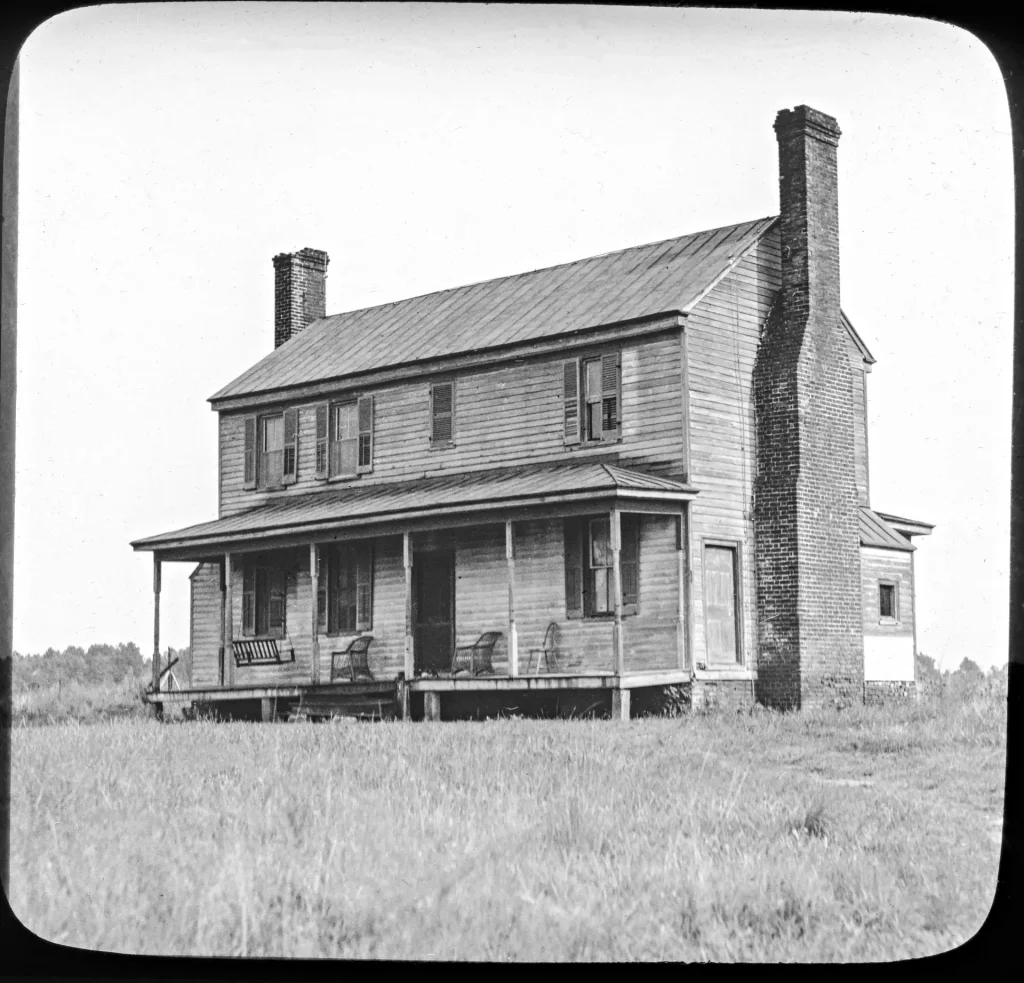
Between June 12 and June 28, 1862, Union Gen. George B. McClellan maintained his headquarters here at the Trent House, also known as “Reynoldsville.”
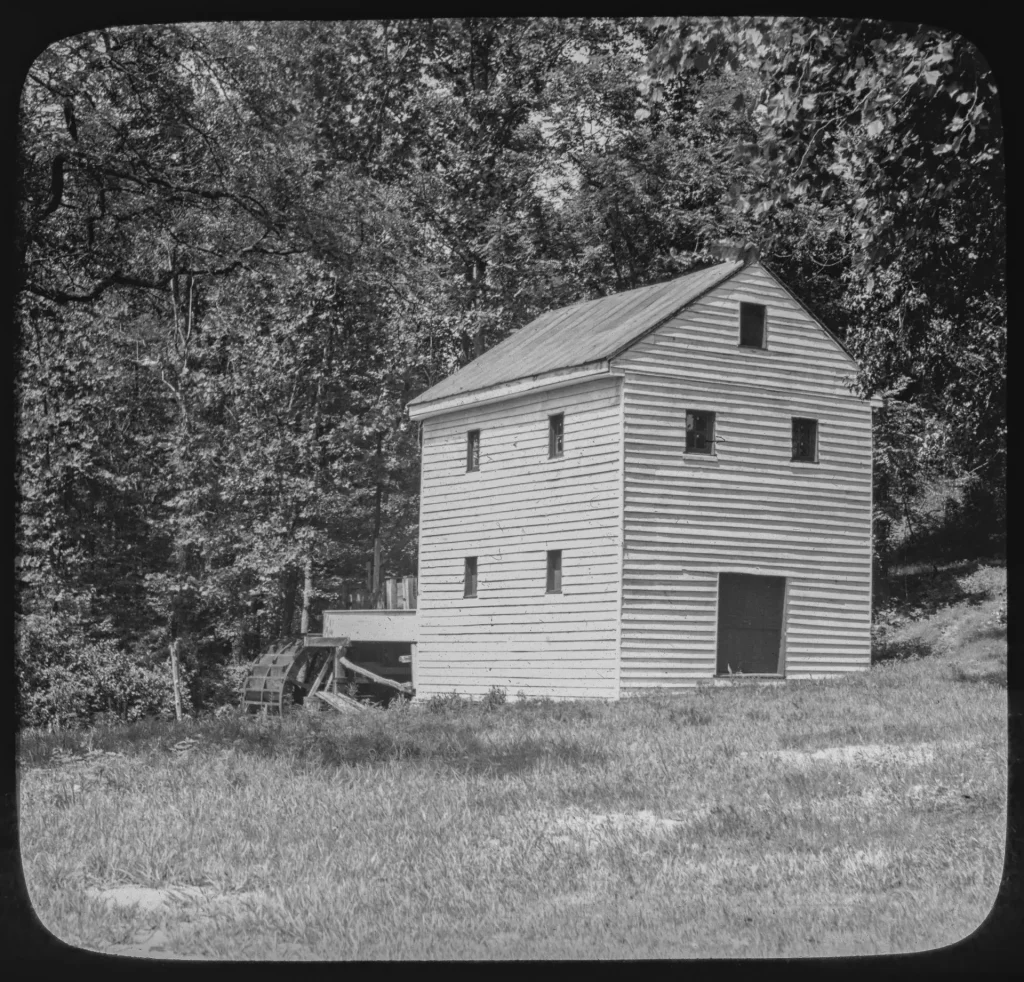
The Battle of Gaines’ Mill was the third of the Seven Days’ Battles (June 25-July 1, 1862), Union General George McClellan’s Peninsula campaign to capture Richmond. Gaines’ Mill was Robert E. Lee’s first major victory of the Civil War. After the loss at the Battle of Gaines’ Mill, McClellan abandoned his plans to seize Richmond and instead withdrew his men to a base on the James River.
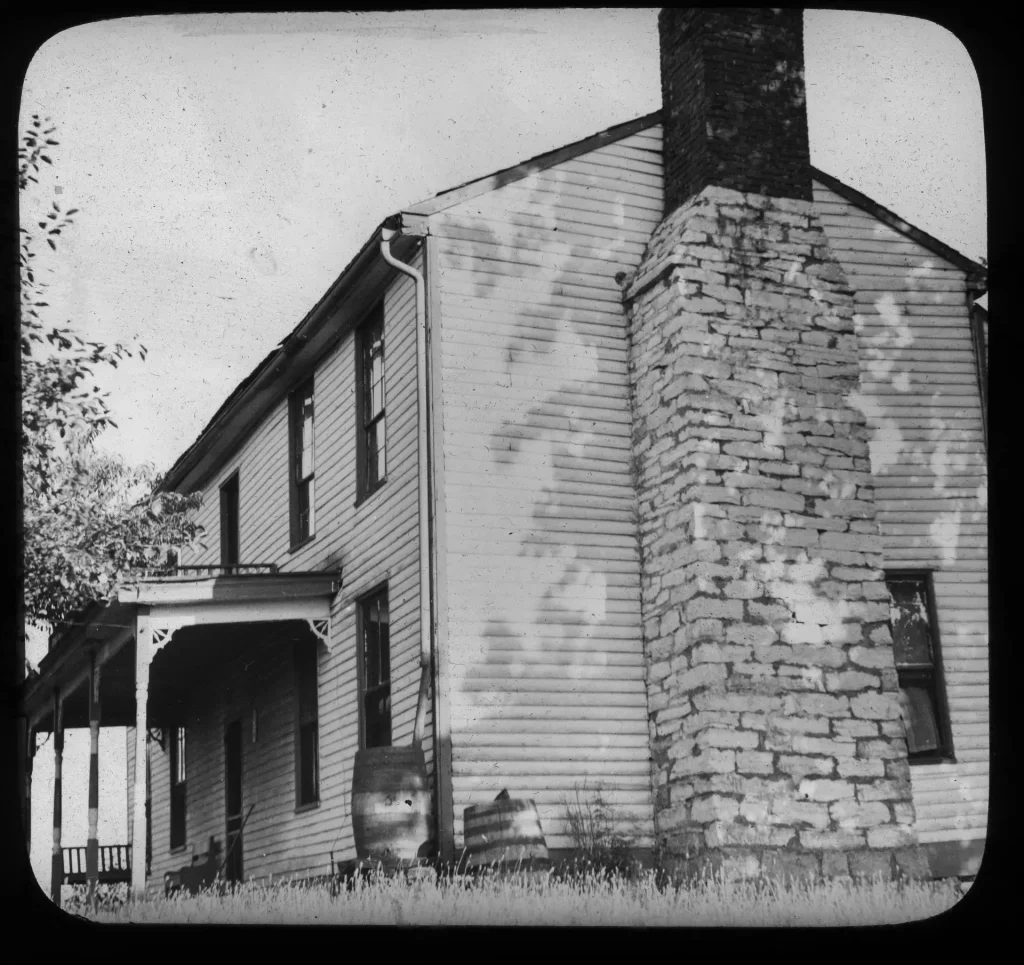
On the knoll, it was a key position on the Union left flank under Maj. Gen. McCook in Battle of Perryville, Oct. 8, 1862. The scene of desperate fighting, it changed hands twice and was hit many times. After the battle it was used as a hospital.
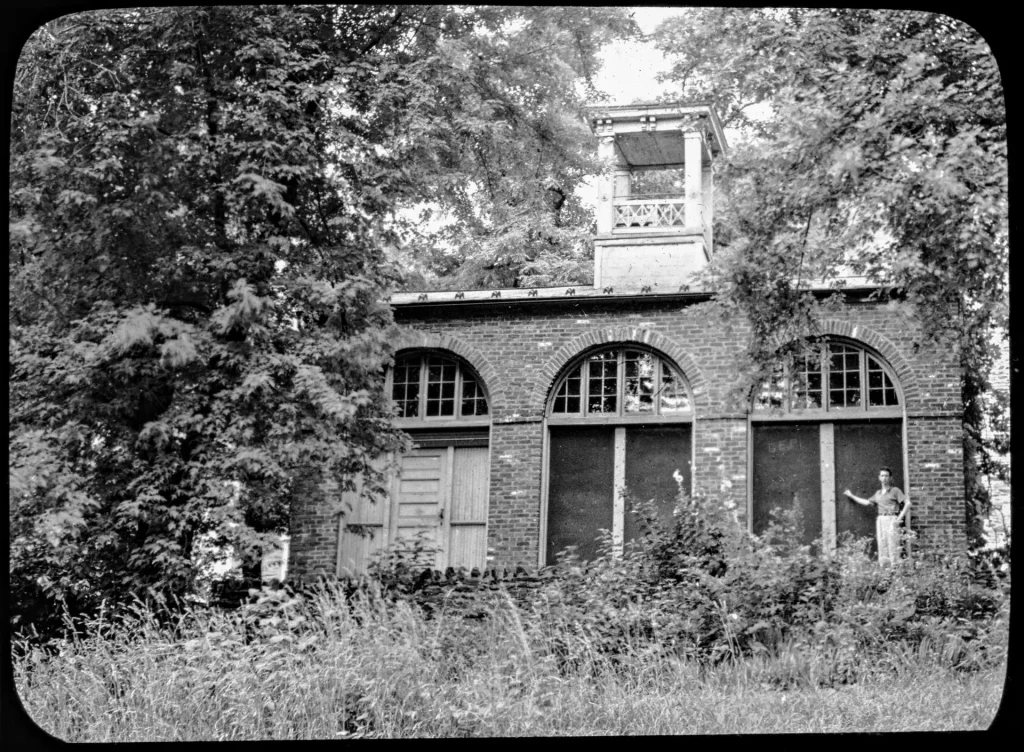
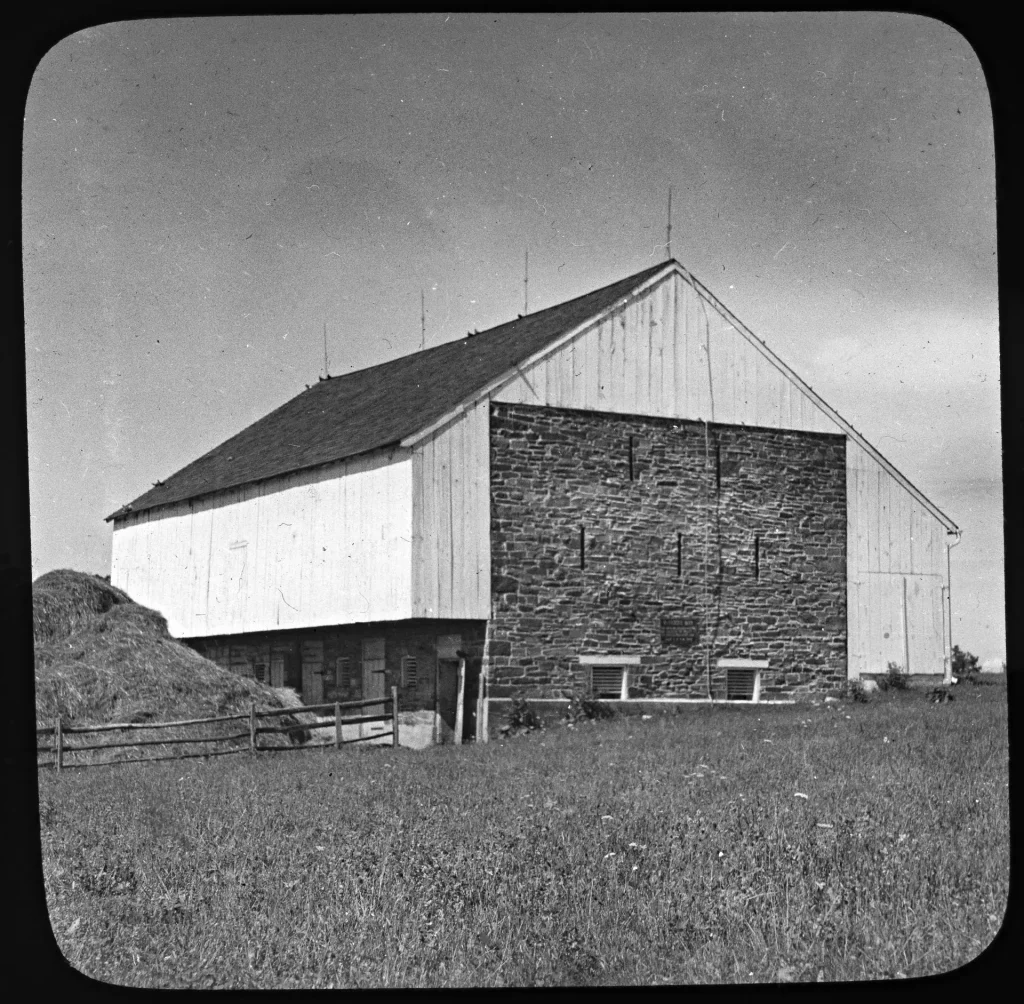
“The area was the scene of intense fighting on July 1st, 1863, as Confederate General Henry Heth’s Division advanced towards Gettysburg against defending Union cavalry under General John Buford. Union reinforcements from General John Reynolds’ First Corps arrived and counterattacked, and fighting swirled through McPherson’s pasturelands and two fields planted in corn and wheat, as well as through neighbor John Herbst’s woods. McPherson’s barn became a place of refuge for the wounded, and continued as a hospital long after the battle ended.” – Stone Sentinals
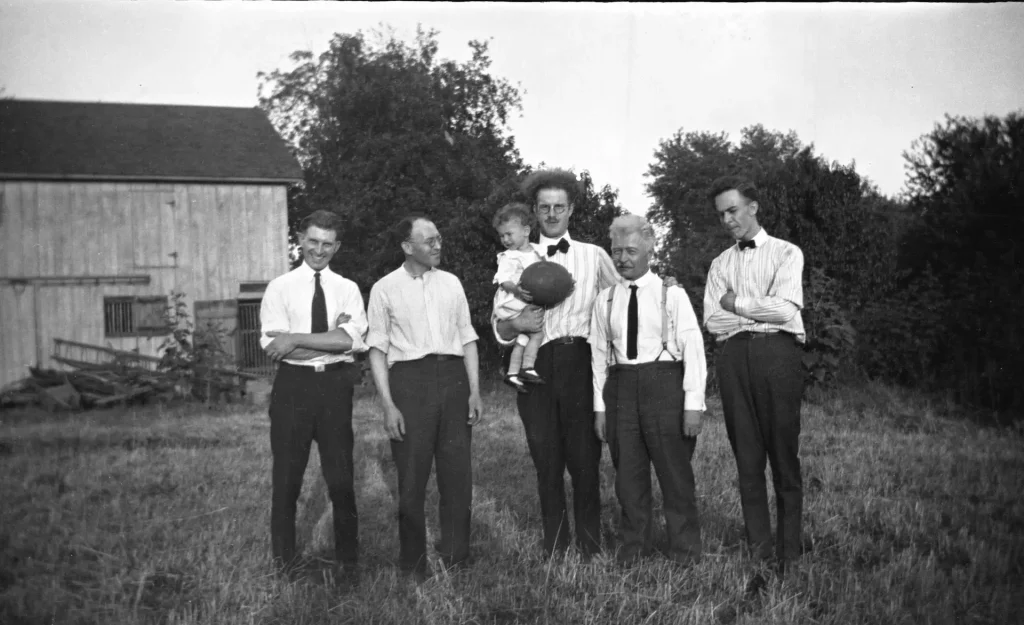
Share this post:
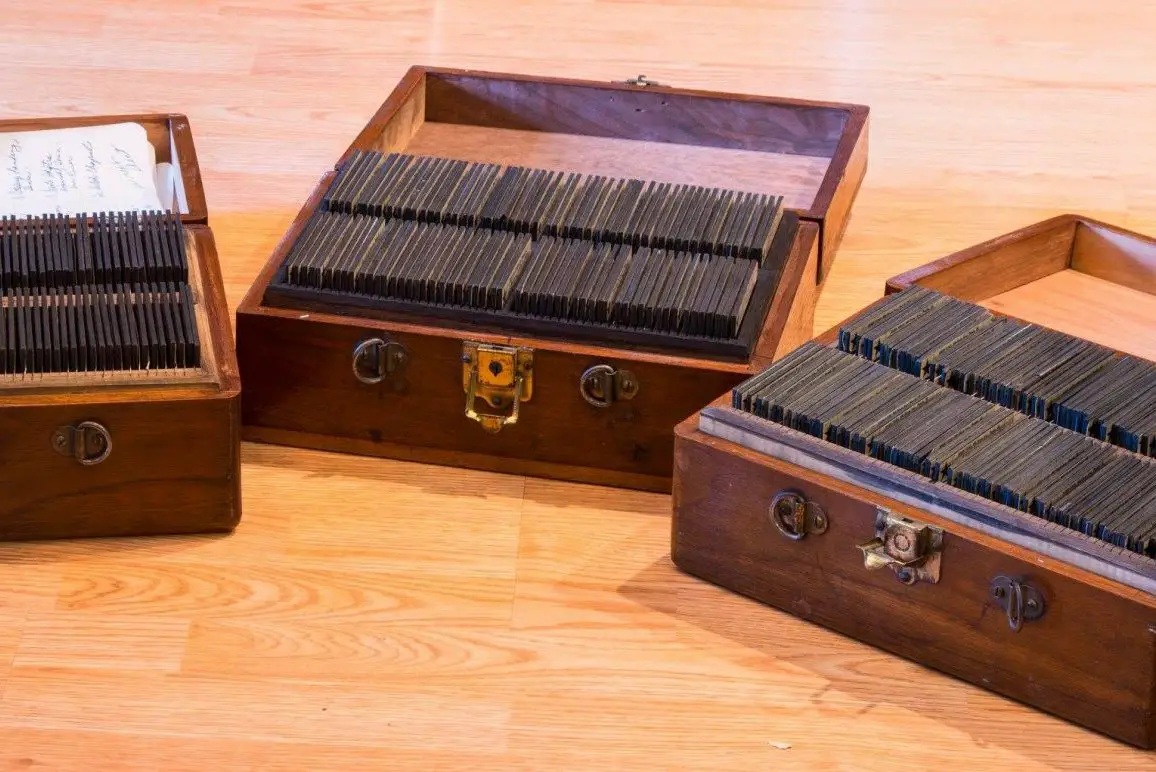








Comments
Peter on Found Photos – Glass Slide Collection of John Voss, Ph.D. (1895 – 1948) – By Christoph Traugott
Comment posted: 18/10/2020
D Evan Bedford on Found Photos – Glass Slide Collection of John Voss, Ph.D. (1895 – 1948) – By Christoph Traugott
Comment posted: 18/10/2020
Louis Sousa on Found Photos – Glass Slide Collection of John Voss, Ph.D. (1895 – 1948) – By Christoph Traugott
Comment posted: 18/10/2020
Scott Gitlin on Found Photos – Glass Slide Collection of John Voss, Ph.D. (1895 – 1948) – By Christoph Traugott
Comment posted: 19/10/2020
John Ganson on Found Photos – Glass Slide Collection of John Voss, Ph.D. (1895 – 1948) – By Christoph Traugott
Comment posted: 30/10/2020
Comment posted: 30/10/2020